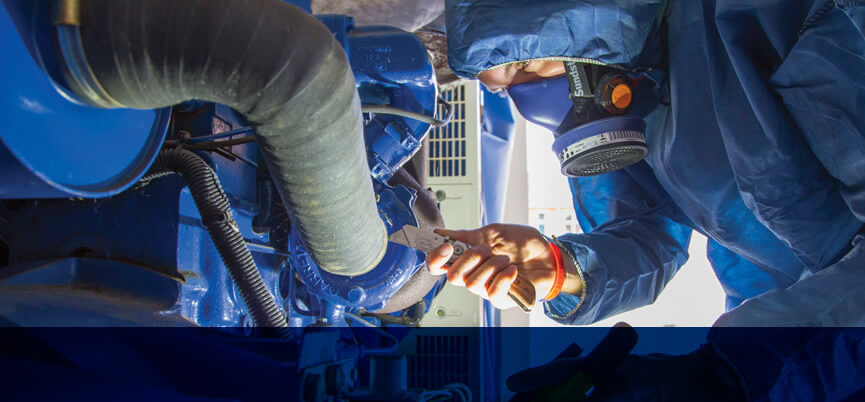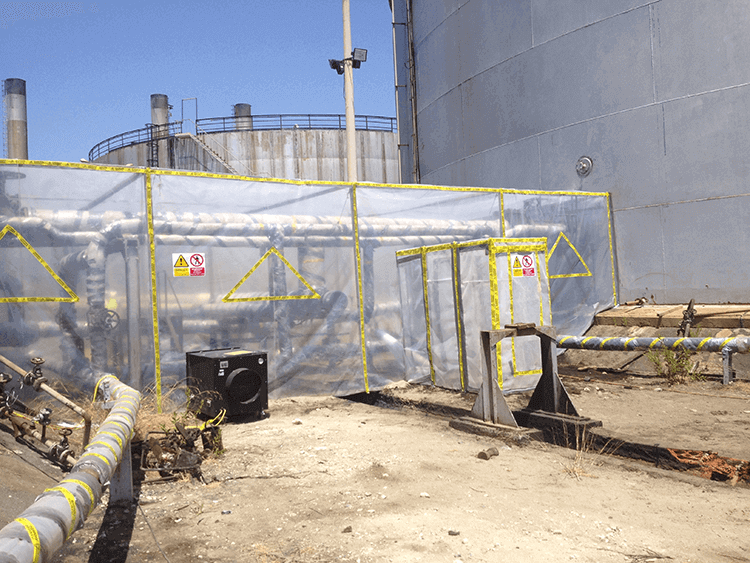Health and Safety
Asbestos can be found in many buildings and products, and is usually safe if left undisturbed. However, if asbestos particles are inhaled it can cause fatal diseases.
This page outlines the problems associated with asbestos, and the legal obligations and regulations relating to the handling and disposal of it.
What is asbestos?
Asbestos is the name for a group of naturally occurring silicate minerals that can be separated into fibres. The fibres are strong, durable, and resistant to heat and fire. They are also long, thin and flexible, so that they can even be woven into cloth.
Asbestos has been used in consumer, industrial, maritime, automotive, scientific and building products. This includes uses in commercial and industrial buildings, schools and hospitals.
There are three main types of asbestos, all of which are potentially dangerous:
What are the health risks of asbestos?
Asbestos fibres can pass into the lungs where they can stay for many years. These tiny fibres can remain in the lungs for so long that they can lead to the development of asbestos-related diseases such as asbestosis (breathing difficulty) and mesothelioma (a type of cancer). There is no way to remove the fibres once they have reached the lungs and no cure for the diseases they cause.
Asbestos has been identified as one of the primary causes of occupational ill health in the second half of the twentieth century. The Health and Safety Executive (HSE) estimates that asbestos-related diseases account for around 4,000 deaths a year in the UK.
As asbestos in buildings will be with us for many years, it is vital that we manage the risks from exposure.
Where can asbestos be found and who is at risk?
Asbestos is more likely to be found in buildings built or refurbished before the year 2000. Anyone who is involved in building maintenance is potentially at risk if they disturb asbestos. The danger lies in any activity that disturbs the asbestos fibres, including removal, drilling, sanding and cutting.
Asbestos can be found in many parts of a building including:
- fire protection of structural steel
- thermal and acoustic insulation
- some paints and textured coatings
- insulating boards used as fire protection on doors, around structural steel, wallboards and ceiling tiles
- asbestos cement used as corrugated roof panels
- flat asbestos sheets used in partitioning
- water tanks, pipes and gutters.





